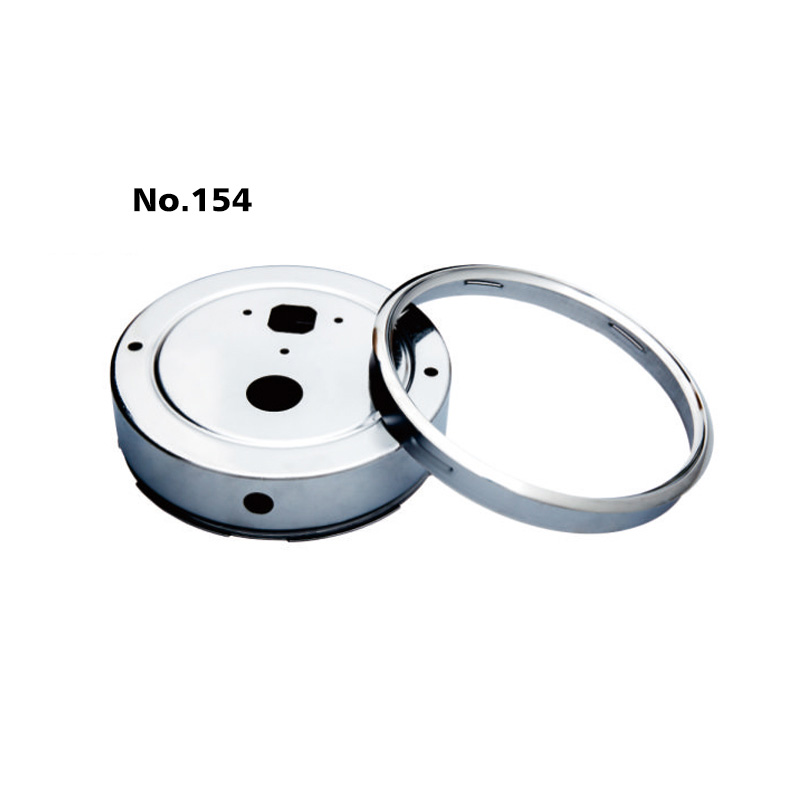Pressure gauges can be divided into precision pressure gauges and general pressure gauges according to their measurement accuracy. The measurement accuracy grades of precision pressure gauges are 0.1, 0.16, 0.25, and 0.4 respectively; the measurement accuracy grades of general pressure gauges are 1.0, 1.6, 2.5, and 4.0 grades respectively.
Pressure gauges are divided into general pressure gauges, absolute pressure gauges, and differential pressure gauges according to their different standards for indicating pressure. General pressure gauges are based on atmospheric pressure; absolute pressure gauges are based on absolute pressure zero; differential pressure gauges measure the difference between two measured pressures.

Pressure gauges are classified into vacuum gauges, pressure vacuum gauges, micro pressure gauges, low pressure gauges, medium pressure gauges and high pressure gauges according to their measuring ranges. The vacuum gauge is used to measure the pressure value less than atmospheric pressure; the pressure vacuum gauge is used to measure the pressure value less than and greater than the atmospheric pressure; the micro pressure gauge is used to measure the pressure value less than 60000 Pa; the low pressure gauge is used to measure the pressure value of 0~6MPa ; Medium pressure gauge is used to measure the pressure value of 10~60MPa; high pressure gauge is used to measure the basic knowledge of pressure gauges of various testing equipment.
Pressure value above 100MPa.
The shell of the shock-resistant pressure gauge is made of a fully sealed structure, and the shell is filled with damping oil. Due to its damping effect, it can be used in the measurement place of working environment vibration or medium pressure (load) pulsation.
The pressure gauge with electric contact control switch can realize signal alarm or control function.
A pressure gauge with a remote transmission mechanism can provide electrical signals (such as resistance signals or standard DC current signals) needed in industrial engineering.
The isolator (chemical seal) used in the diaphragm meter can isolate the measured medium from the instrument through the isolating diaphragm, so as to measure the pressure of the medium with strong corrosion, high temperature and easy crystallization.
The elastic element of the pressure gauge The elastic sensitive element in the mechanical pressure gauge undergoes elastic deformation as the pressure changes. Mechanical pressure gauges use sensitive components such as spring tubes (Bourdon tubes), diaphragms, bellows, and bellows, and are classified according to this. Sensitive components are generally made of copper alloy, stainless steel or special materials.